Home>Gardening & Outdoor>Landscaping Ideas>How Late In The Year To Plant Grass
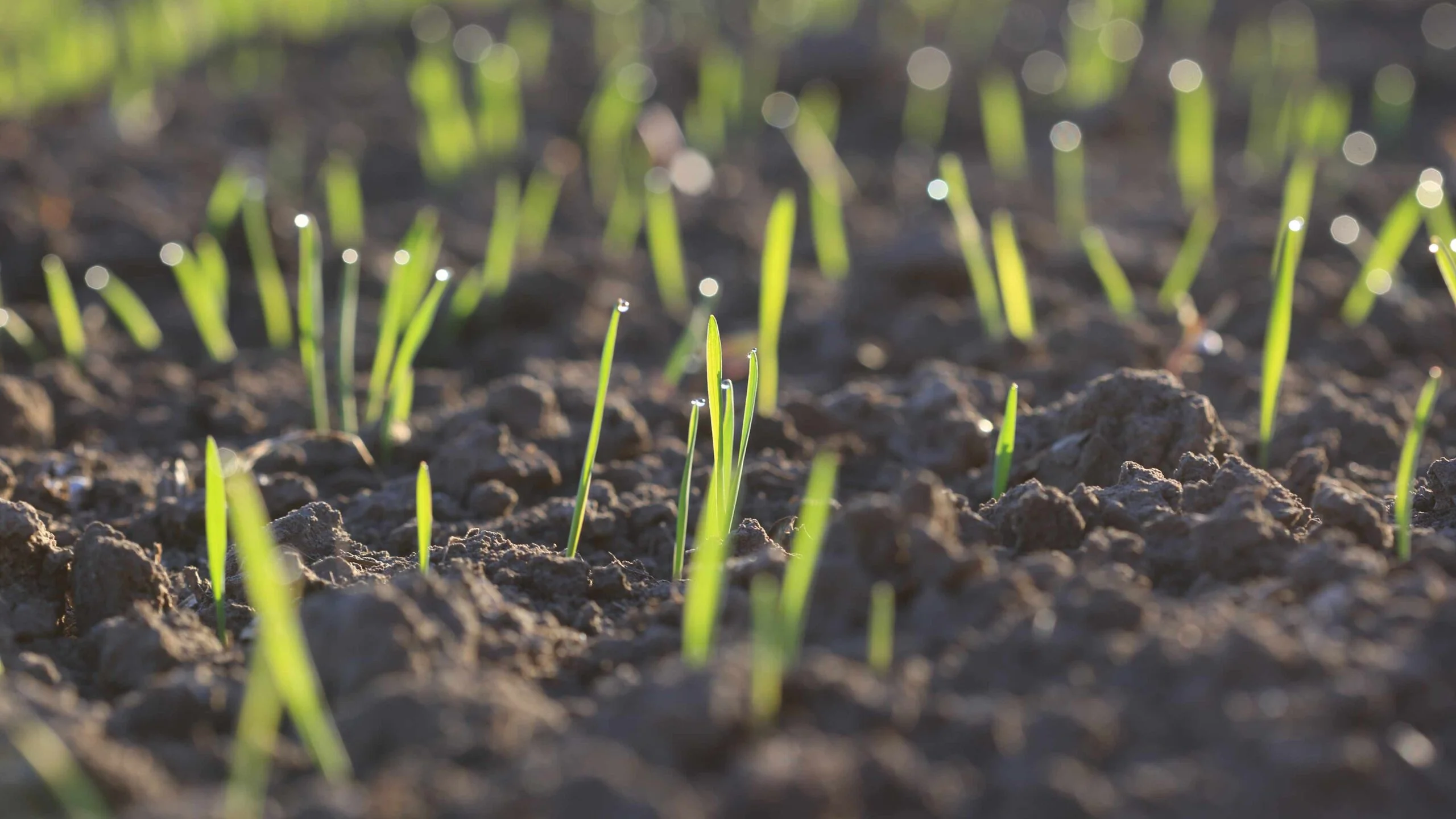

Landscaping Ideas
How Late In The Year To Plant Grass
Modified: October 18, 2024
Learn the best time for planting grass in your landscaping project. Discover expert tips and ideas for late-season lawn installation. Boost your curb appeal today!
(Many of the links in this article redirect to a specific reviewed product. Your purchase of these products through affiliate links helps to generate commission for Storables.com, at no extra cost. Learn more)
Factors to Consider Before Planting Grass in Late Year
Planting grass late in the year can be a viable option for homeowners looking to establish a lush lawn or revitalize existing turf. However, several crucial factors should be taken into account before undertaking this endeavor.
Climate and Weather Conditions: Before planting grass in the late year, it’s essential to consider the climate and weather conditions in your region. Cooler temperatures and shorter daylight hours can impact the germination and establishment of grass seeds. Additionally, frost and freezing temperatures can hinder the growth process, potentially leading to unsuccessful results.
Grass Seed Selection: Choosing the right type of grass seed is paramount when planting late in the year. Cool-season grasses such as fescue, ryegrass, and bluegrass are better suited for late planting, as they have the ability to germinate and establish in cooler temperatures. These grass varieties exhibit resilience in the face of inclement weather, making them ideal choices for late-year planting.
Soil Preparation: Adequate soil preparation is crucial for the success of late-year grass planting. Conduct a soil test to assess nutrient levels and pH balance, and amend the soil as necessary to create an optimal growing environment for the grass seeds. Proper soil aeration and the removal of thatch can also facilitate better seed-to-soil contact, promoting successful germination and root development.
Watering and Maintenance: Late-year planted grass requires consistent moisture to support germination and early growth. However, it’s important to strike a balance, as excessive watering can lead to issues such as fungal diseases. Additionally, regular maintenance practices such as mowing and fertilization should be adjusted to align with the specific needs of late-planted grass.
Realistic Expectations: It’s essential to maintain realistic expectations when planting grass late in the year. The shorter growing season and potential weather challenges may affect the rate of establishment and overall growth. Understanding these limitations can help homeowners make informed decisions and avoid disappointment.
By carefully considering these factors, homeowners can make informed choices when planning to plant grass late in the year, increasing the likelihood of successful establishment and a thriving lawn.
Key Takeaways:
- Late-year grass planting requires careful consideration of climate, grass type, soil prep, and maintenance. Choose cool-season grasses, monitor moisture, and adjust maintenance for successful late-year lawn establishment.
- Selecting the right grass type, meticulous soil preparation, and targeted maintenance are crucial for late-year planted grass to thrive. Cool-season grasses, proper watering, and strategic care support successful late-year lawn growth.
Read more: How Late To Plant Grass Seed In Fall
Types of Grass Suitable for Late-Year Planting
When it comes to late-year grass planting, selecting the right type of grass is pivotal to achieving successful results. Certain grass varieties are better equipped to withstand the challenges posed by late-season planting and the impending winter conditions. Here are some grass types that are particularly suitable for late-year planting:
- Tall Fescue: Tall fescue is a cool-season grass known for its adaptability and resilience, making it an excellent choice for late-year planting. It exhibits strong drought tolerance and has the ability to establish and thrive in various soil types, providing homeowners with a reliable option for late-season lawn establishment.
- Perennial Ryegrass: Perennial ryegrass is another cool-season grass that is well-suited for late-year planting. It germinates quickly and forms a lush, dense turf, enhancing the visual appeal of the lawn. With its rapid establishment and tolerance to low temperatures, perennial ryegrass is a popular choice for late-season lawn projects.
- Kentucky Bluegrass: Kentucky bluegrass is a cold-tolerant grass variety that excels in northern regions. While it may take longer to establish compared to other grasses, its fine texture and rich green color make it a sought-after option for late-year planting in cooler climates.
- Fine Fescue: Fine fescue grasses, including creeping red fescue and chewings fescue, are well-suited for late-year planting due to their shade tolerance and low maintenance requirements. These grasses thrive in cooler temperatures and are capable of withstanding the challenges associated with late-season establishment.
It’s important to note that while these grass types are suitable for late-year planting, proper care and maintenance are essential to ensure their successful establishment. By selecting the appropriate grass variety based on regional climate and specific lawn conditions, homeowners can increase the likelihood of achieving a vibrant and resilient lawn, even when planting late in the year.
Steps to Successfully Plant Grass in Late Year
Planting grass late in the year requires careful planning and precise execution to ensure successful establishment and growth. By following a series of strategic steps, homeowners can maximize the potential for late-year planted grass to thrive. Here are the essential steps to successfully plant grass in the late year:
- Assess the Soil: Conduct a thorough soil assessment to evaluate its composition, nutrient levels, and pH balance. Amend the soil as necessary to create an optimal environment for grass seed germination and root development.
- Select the Right Grass Seed: Choose a high-quality grass seed blend that is specifically formulated for late-season planting. Opt for cool-season grass varieties such as tall fescue, perennial ryegrass, or fine fescue, as they are well-suited for cooler temperatures and late-year establishment.
- Prepare the Site: Clear the planting area of debris, rocks, and existing vegetation. Conduct soil aeration to promote better air and water penetration, and ensure proper seed-to-soil contact for successful germination.
- Sow the Grass Seed: Distribute the grass seed evenly across the prepared site using a seed spreader. Follow the recommended seeding rates to achieve the desired lawn density, and gently rake the seeds into the soil at the appropriate depth for optimal germination.
- Apply Starter Fertilizer: Utilize a high-quality starter fertilizer to provide essential nutrients that support early root development and establishment. This step is particularly crucial for late-planted grass, as it helps facilitate robust growth in challenging late-year conditions.
- Water Consistently: Ensure that the newly planted area receives consistent moisture to support germination and early growth. Monitor the soil moisture levels and adjust the watering frequency as needed, taking care to avoid overwatering, which can lead to issues such as fungal diseases.
- Implement Proper Maintenance: Adjust mowing, fertilization, and weed control practices to align with the specific needs of late-planted grass. Regularly monitor the lawn for signs of growth and adjust maintenance routines accordingly to promote healthy development.
By meticulously following these steps, homeowners can increase the likelihood of successful grass establishment even when planting late in the year. With proper preparation, careful seed selection, and attentive maintenance, late-year planted grass can flourish and contribute to a vibrant, resilient lawn.
It’s best to plant grass in late summer or early fall, when the soil is still warm but the air is cooler. This gives the grass time to establish before winter. Avoid planting too late in the year, as the grass may not have enough time to establish before the cold weather sets in.
Tips for Maintaining Late-Year Planted Grass
Maintaining late-year planted grass requires specific care and attention to support its establishment and resilience as it transitions into the colder months. By implementing targeted maintenance practices, homeowners can nurture their late-planted grass to ensure its long-term health and vitality. Here are essential tips for maintaining late-year planted grass:
- Monitor Soil Moisture: Regularly assess the moisture levels of the soil to ensure that the newly planted grass receives adequate hydration. While consistent watering is crucial for establishment, it’s important to avoid overwatering, which can lead to issues such as root rot and fungal diseases.
- Adjust Mowing Height: Set the mower at an appropriate height to avoid stressing the newly established grass. Optimal mowing practices promote healthy growth and help the grass develop a robust root system, enhancing its ability to withstand winter conditions.
- Apply Seasonal Fertilization: Implement a well-timed application of winterizing fertilizer to provide essential nutrients that support the grass’s resilience during the colder months. This strategic fertilization promotes root development and prepares the grass for winter dormancy and subsequent spring growth.
- Control Weeds and Pests: Monitor the lawn for weed infestations and pest activity, addressing any issues promptly to prevent them from impeding the growth of the late-planted grass. Targeted weed control measures and pest management strategies can safeguard the grass’s development and overall health.
- Protect Against Frost: As winter approaches, take proactive measures to protect late-year planted grass from potential frost damage. Covering the lawn with frost blankets or taking steps to improve air circulation can help mitigate the impact of freezing temperatures on the grass.
- Limit Foot Traffic: Minimize foot traffic on the newly established grass to prevent compaction and damage, especially as it acclimates to the late-year planting conditions. Restricting activity on the lawn preserves its integrity and supports healthy growth.
- Observe and Adapt: Regularly observe the late-planted grass to assess its progress and respond to any emerging challenges. Adapting maintenance practices based on the grass’s specific needs and environmental conditions fosters an environment conducive to successful establishment and long-term resilience.
By integrating these maintenance tips into their lawn care routine, homeowners can provide the necessary support for late-year planted grass to thrive as it navigates the unique demands of the late planting season and prepares for the winter ahead.
Common Challenges and Solutions for Late-Year Planted Grass
Planting grass late in the year presents unique challenges that can impact the successful establishment and growth of the lawn. By being aware of these common obstacles and implementing targeted solutions, homeowners can navigate the complexities of late-year planting and support the resilience of their grass. Here are some prevalent challenges and their corresponding solutions for late-year planted grass:
- Challenges: Limited Growing Season
- Challenges: Frost and Freezing Temperatures
- Challenges: Moisture Management
- Challenges: Weed and Pest Infestations
- Challenges: Root Development and Resilience
Solution: To address the challenge of a limited growing season when planting grass late in the year, select grass varieties known for their rapid establishment and resilience in cooler temperatures. Cool-season grasses such as tall fescue and perennial ryegrass are well-suited for late-year planting, as they can germinate and develop despite the shortened growing window.
Solution: Protect late-planted grass from potential frost damage by covering the lawn with frost blankets or utilizing methods to improve air circulation. Additionally, selecting grass varieties with enhanced cold tolerance and implementing proper maintenance practices can help mitigate the impact of freezing temperatures on the grass.
Solution: Consistently monitor soil moisture levels and adjust watering practices to ensure the newly planted grass receives adequate hydration without being subjected to overwatering. Proper moisture management is essential for supporting germination and early growth, especially in the face of fluctuating late-year weather conditions.
Solution: Implement targeted weed control measures and pest management strategies to prevent infestations from impeding the growth of late-planted grass. Regular monitoring and prompt intervention can safeguard the grass’s development and minimize the impact of invasive weeds and damaging pests.
Solution: Support the establishment of a robust root system by implementing proper soil preparation, strategic fertilization, and optimal maintenance practices. By fostering healthy root development, late-year planted grass can enhance its resilience and prepare for the challenges of the impending winter season.
By proactively addressing these common challenges and implementing targeted solutions, homeowners can bolster the prospects of successful late-year grass planting, fostering the development of a vibrant and resilient lawn despite the inherent complexities of late-season establishment.
Frequently Asked Questions about How Late In The Year To Plant Grass
Was this page helpful?
At Storables.com, we guarantee accurate and reliable information. Our content, validated by Expert Board Contributors, is crafted following stringent Editorial Policies. We're committed to providing you with well-researched, expert-backed insights for all your informational needs.
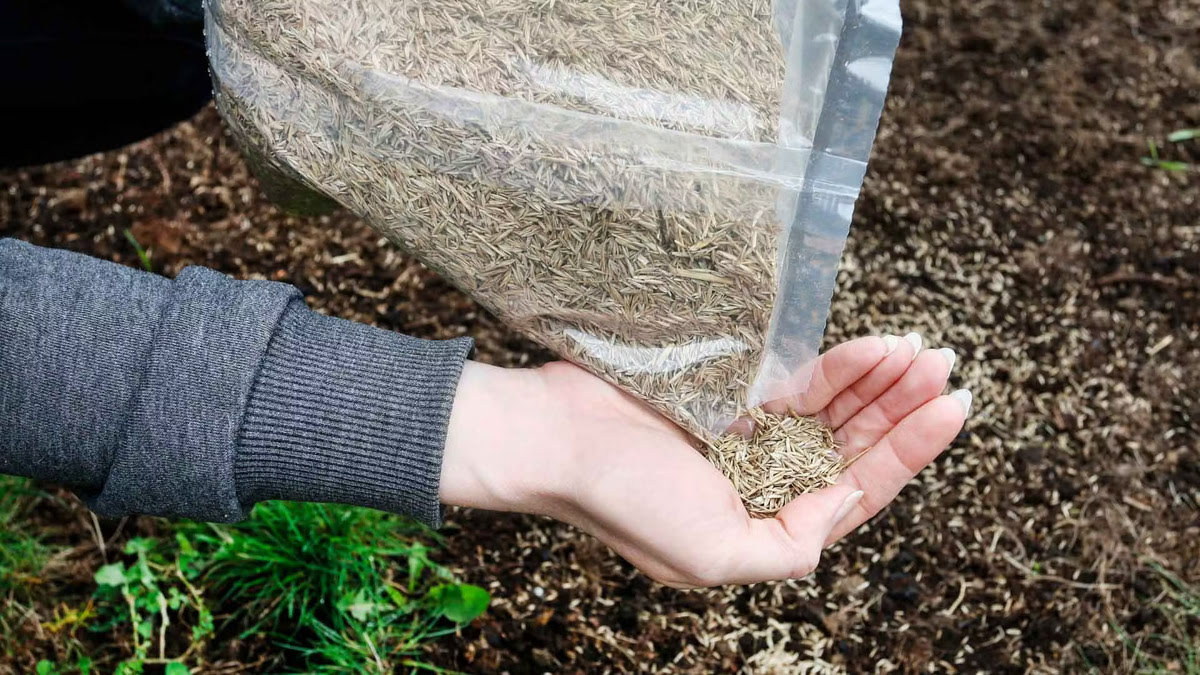
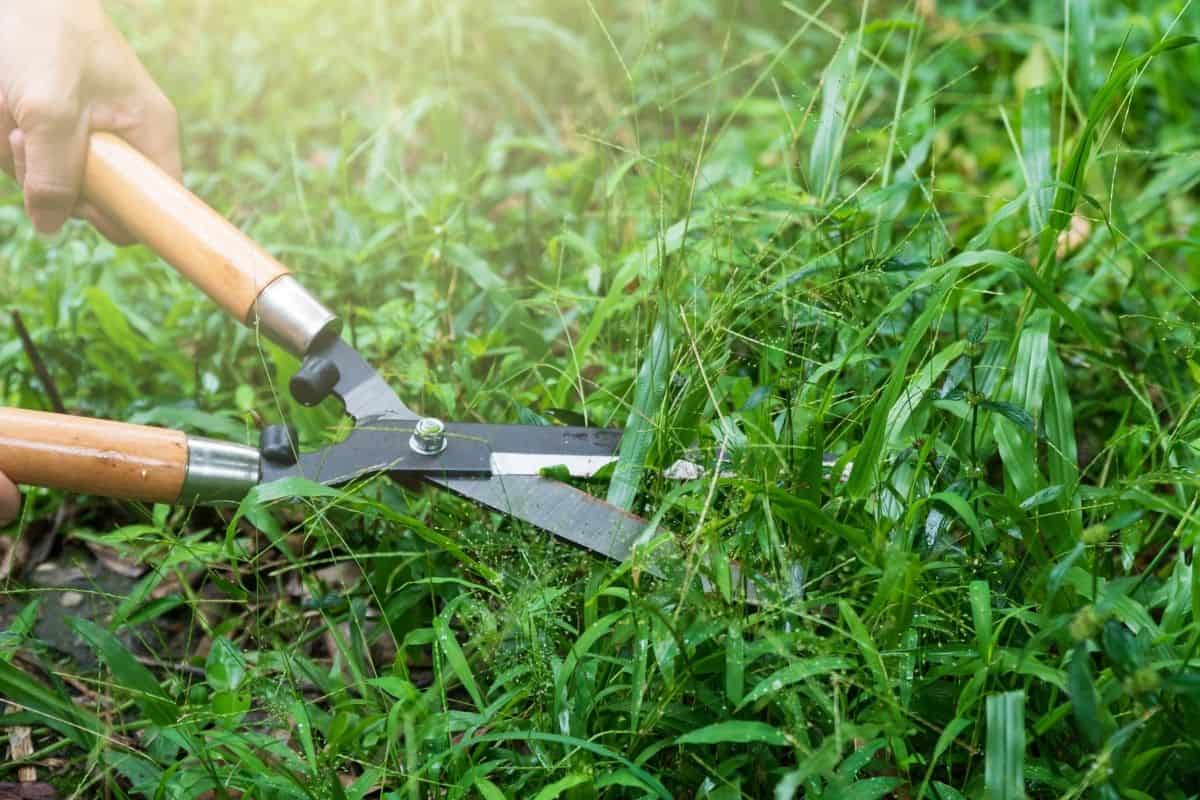
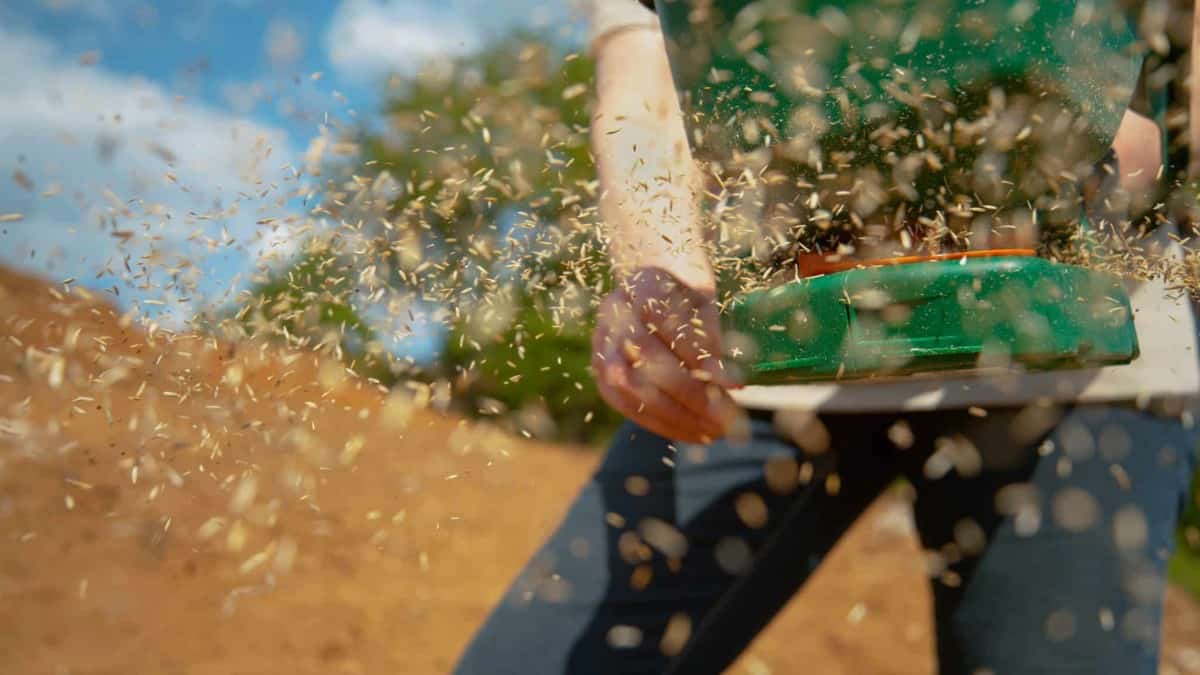


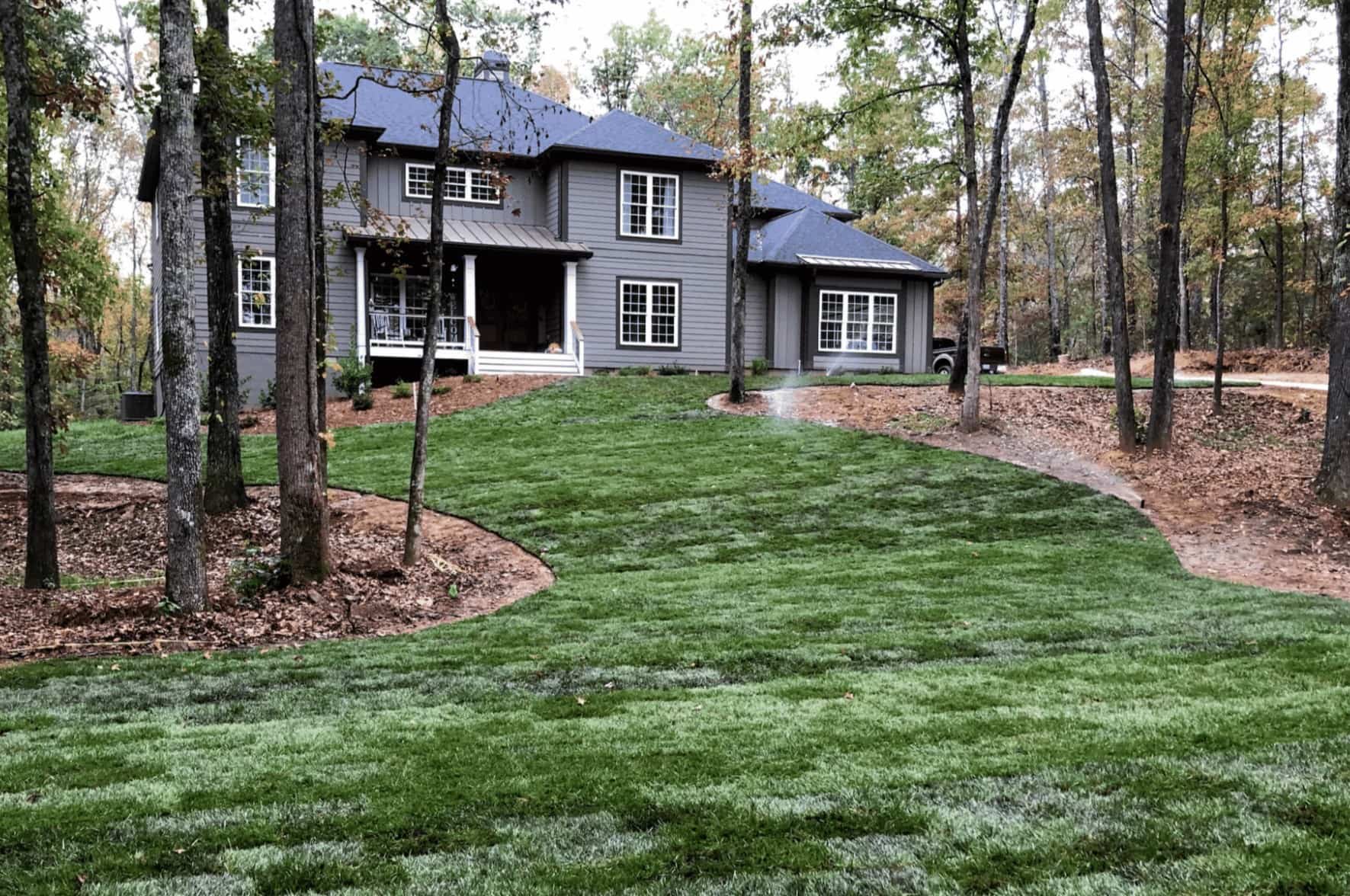


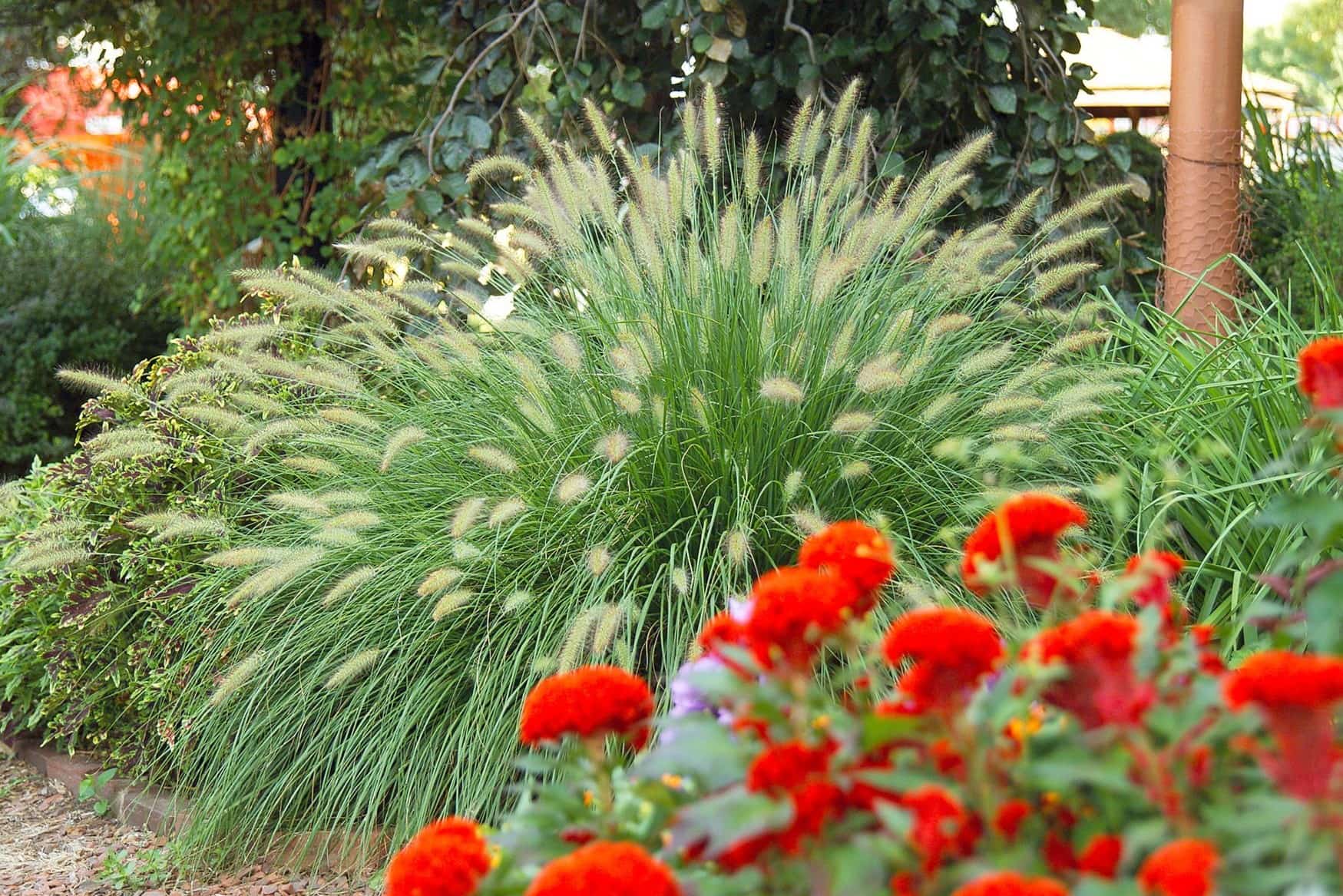
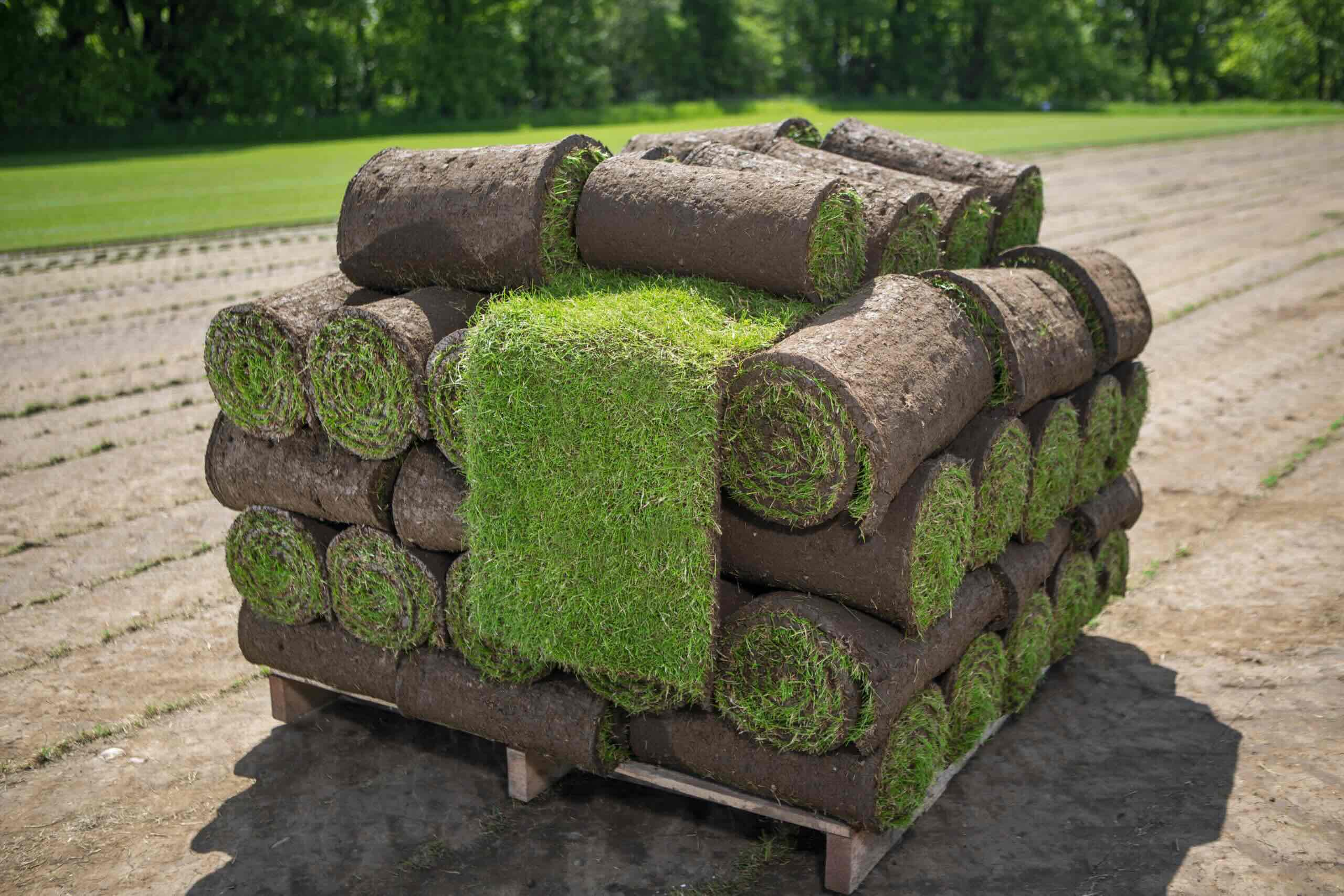
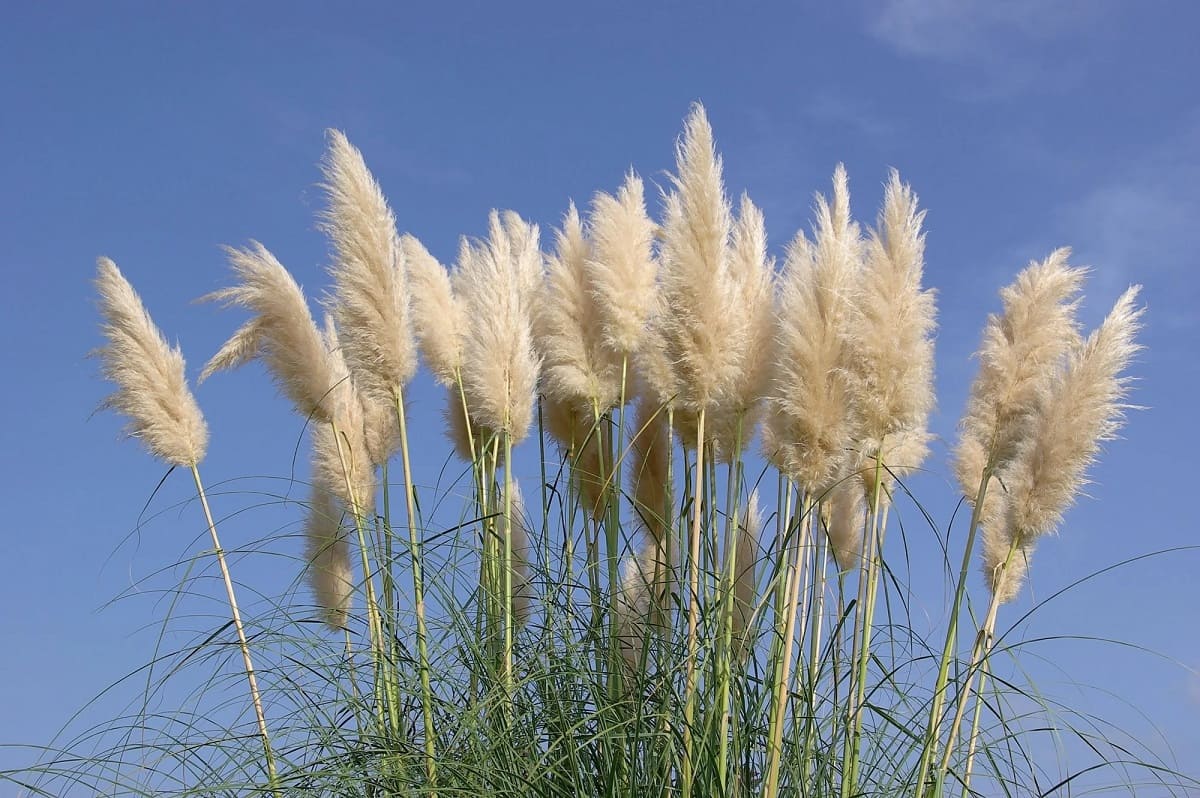

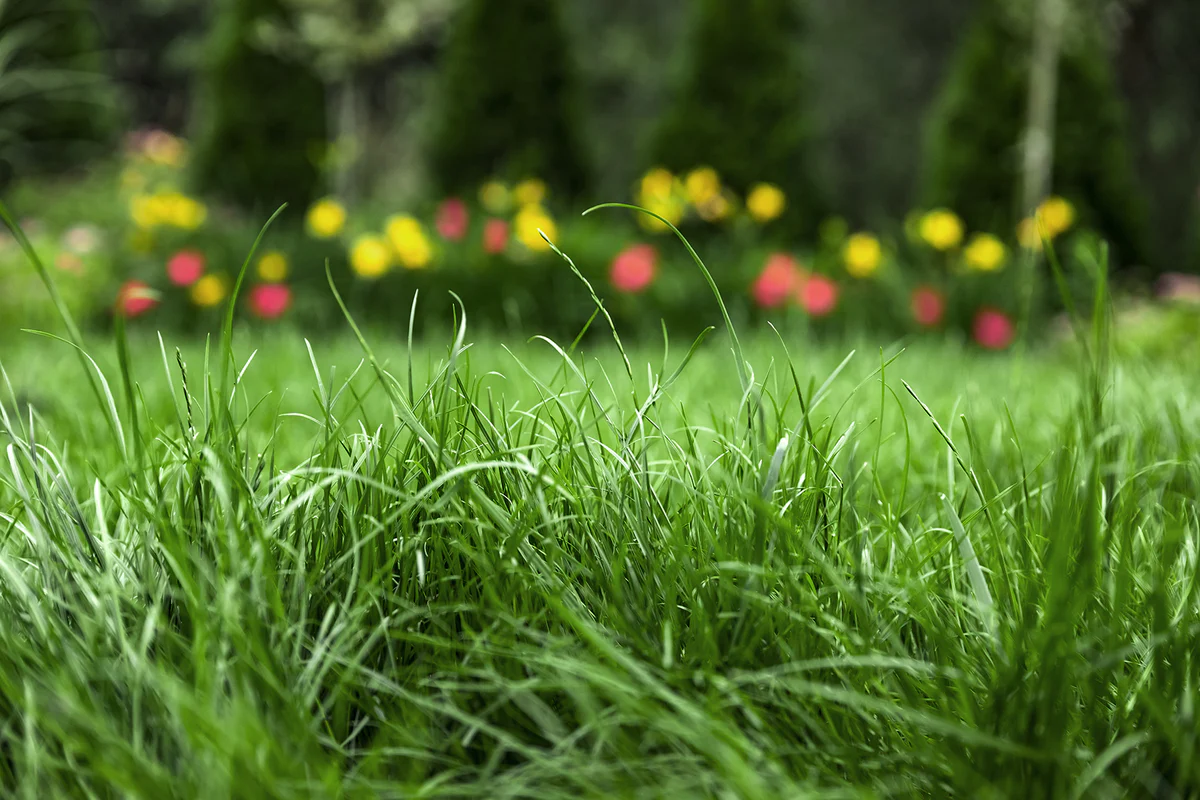



0 thoughts on “How Late In The Year To Plant Grass”